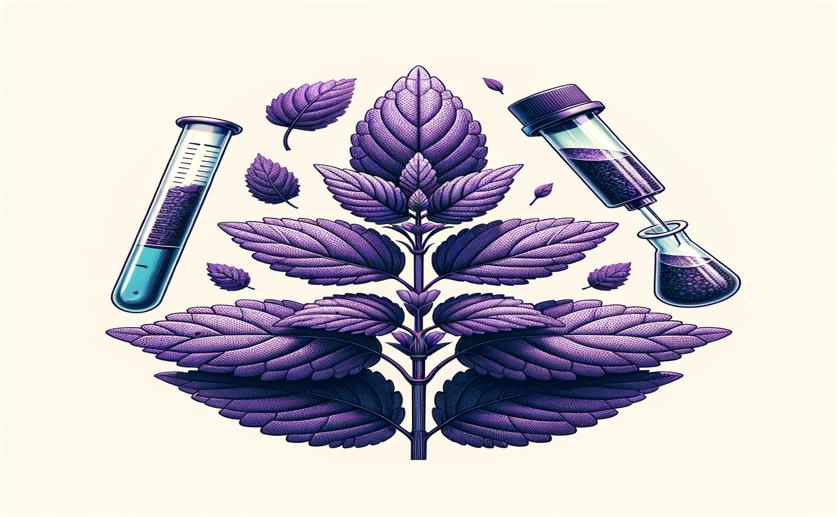
Creating a Test to Detect High-Methyl Eugenol in Purple Tulsi
Jenn Hoskins
24th March, 2024

Image Source: Natural Science News, 2024
Key Findings
- Study at SRM Institute found high levels of a toxic substance in purple Tulsi, a medicinal plant
- Researchers developed a new test to tell apart safe green Tulsi from potentially harmful purple Tulsi
- Testing revealed 80% of Tulsi products in the market were the riskier purple variety
References
Main Study
1) Development of an allele-specific PCR (AS-PCR) method for identifying high-methyl eugenol-containing purple Tulsi (Ocimum tenuiflorum L.) in market samples.
Published 23rd March, 2024
https://doi.org/10.1007/s11033-024-09365-0
Related Studies
2) Authentication of the market samples of Ashwagandha by DNA barcoding reveals that powders are significantly more adulterated than roots.
3) Product authenticity versus globalisation-The Tulsi case.
4) Identification of species adulteration in traded medicinal plant raw drugs using DNA barcoding.
5) Estimating Herbal Product Authentication and Adulteration in India Using a Vouchered, DNA-Based Biological Reference Material Library.
Journal: Drug safety, Issue: Vol 39, Issue 12, Dec 2016



 18th March, 2024 | Jenn Hoskins
18th March, 2024 | Jenn Hoskins